Hubble Space Telescope captures new changes in clouds over Jupiter

Hubble Captures Crisp New Image of Jupiter and Europa | ESA Hubble
https://www.spacetelescope.org/news/heic2017/
The following photo was taken by the Hubble Space Telescope this time, which clearly captures the state of the airflow occurring on Jupiter. This photo was taken when Jupiter is 635 million kilometers away from Earth.
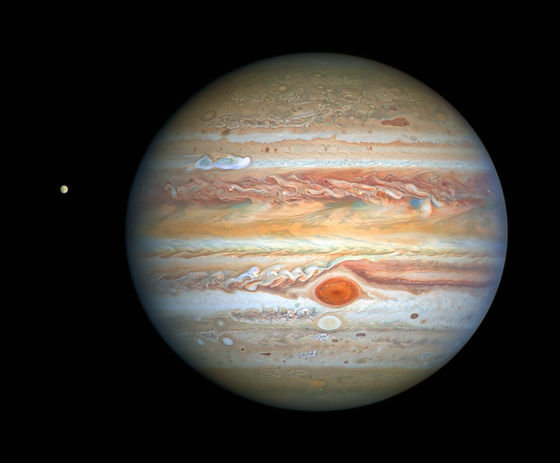
According to the Hubble Space Telescope research team, a new air current like a white storm was confirmed in the northern hemisphere of Jupiter in the photograph taken this time. The research team estimates that the part shown in the red frame below is the new airflow, which occurred on August 18, 2020 and is moving on Jupiter at 560 km / h. In addition, this airflow is as
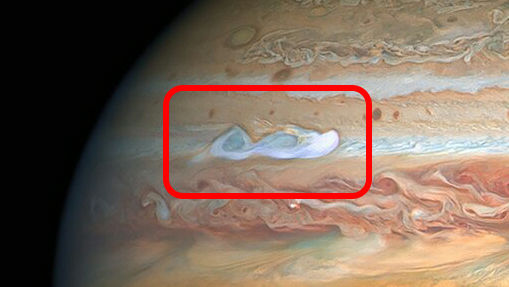
The Great Red Spot, which orbits the southern hemisphere of Jupiter counterclockwise, is in the red frame below. The Great Red Spot is a huge anticyclone vortex, which was discovered in 1665, but its detailed cause and structure have not been clarified at the time of writing the article. In the view of the Hubble Space Telescope research team, the size of the Great Red Spot is about 15,800 kilometers in diameter at the time of shooting, which is larger than the diameter of 12,742 kilometers of the earth.
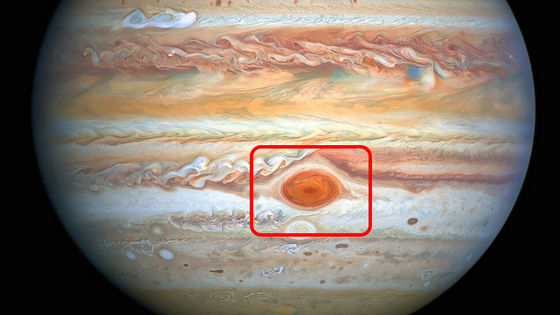
The airflow called Oval BA is reflected on the south side of the Great Red Spot. It was red in the photo taken with the Hubble Space Telescope in 2006, but you can see that it has faded to white in the photo taken this time.
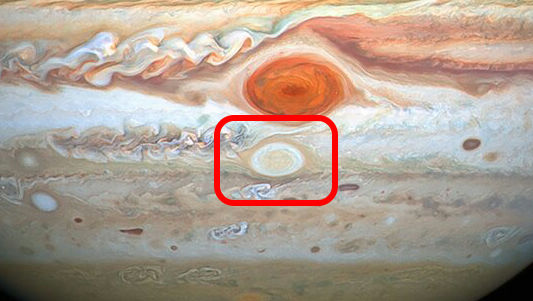
In addition, Europa , Jupiter's second satellite, was also shown in the image. The satellite Europa is thought to have water beneath its ice-covered crust, which has the potential to become a habitable star for extraterrestrial life. The Jupiter Ice Satellite Exploration Program (JUICE) scheduled for 2022 plans to explore Ganymede and Callisto in addition to Jupiter and Europa.
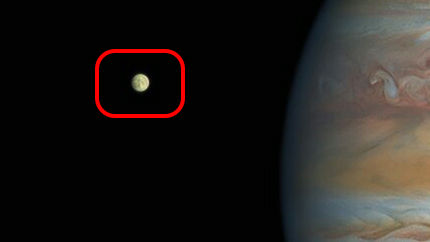
Related Posts:
in Science, Posted by darkhorse_log







